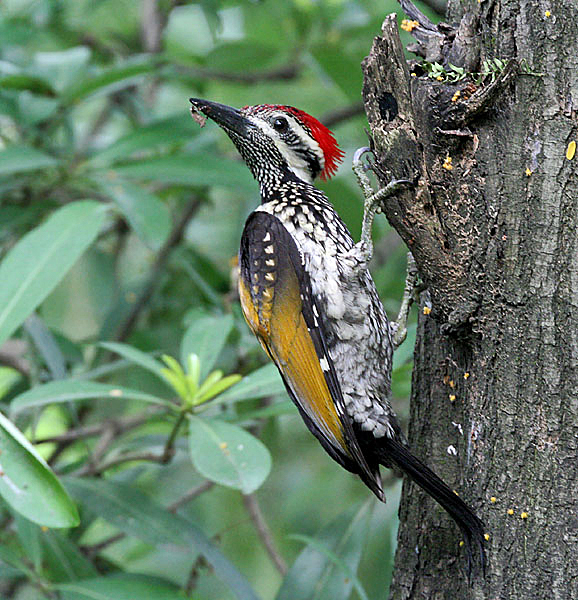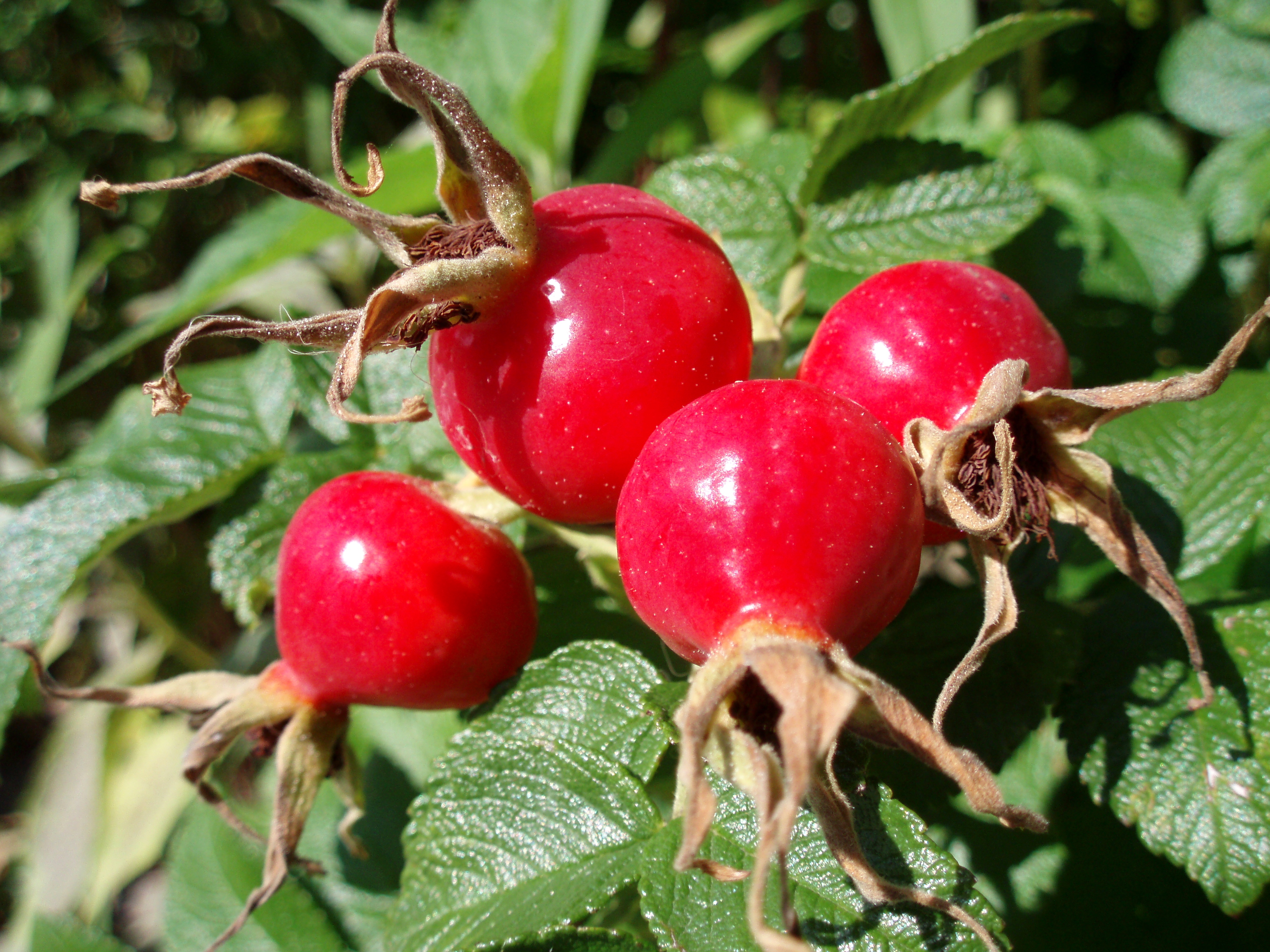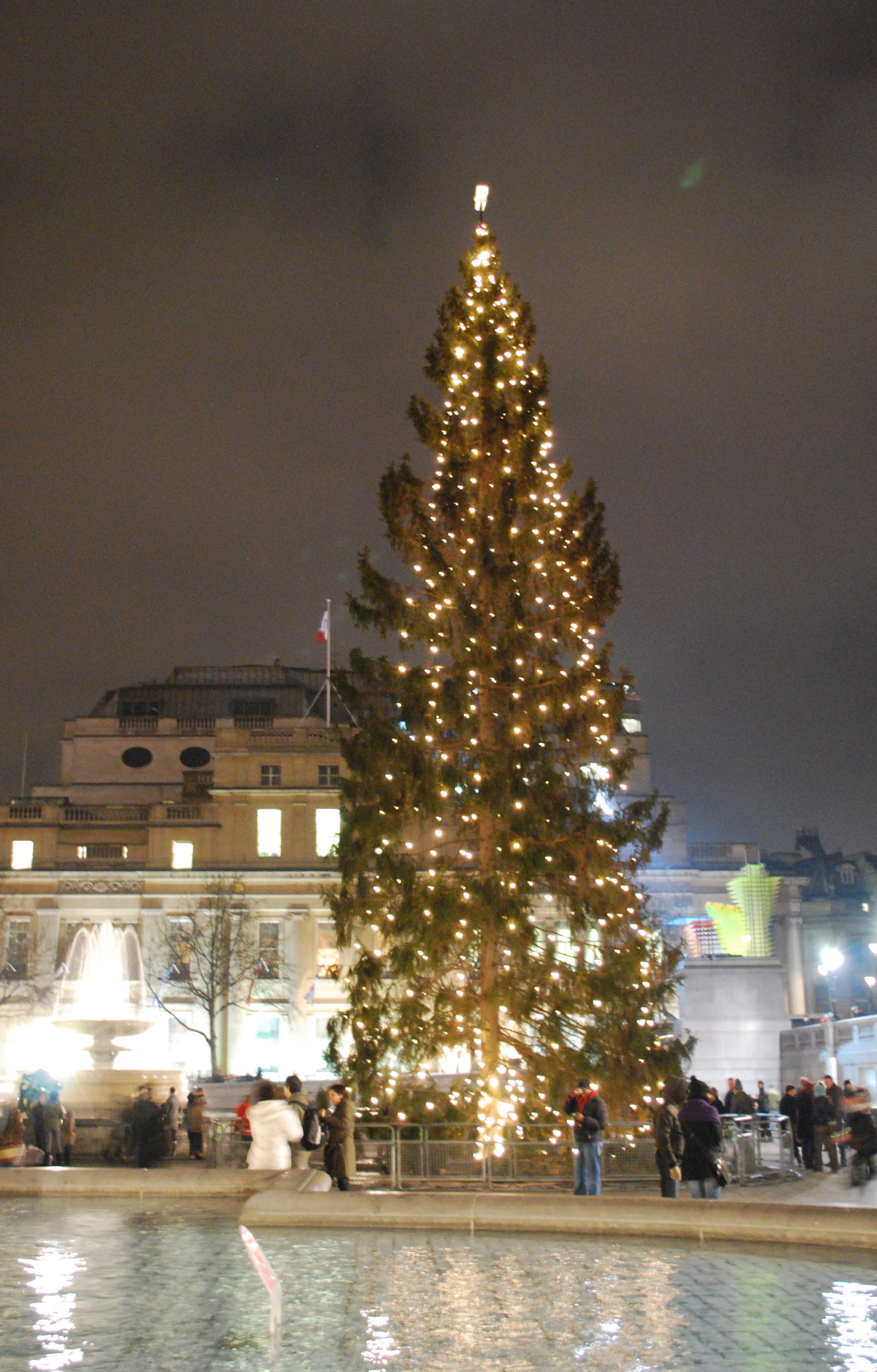|
Planty Park (Białystok)
Planty Park is a urban park, city park in Białystok, capital of Podlaskie Voivodeship, with an area of 14.94 ha. It connects the Constitution of 3 May Park (Białystok), Constitution of 3 May Park with the Józef Poniatowski Park in Białystok, Poniatowski Park. History In the 18th century, the area of the present Planty was occupied by the Branicki Fallow deer. In 1837 it was handed over to the Institute of Noble Maidens based in the palace. Until the end of the 19th century, orchards and meadows were located there, from which hay was obtained for the needs of the horse tram depot. The area became increasingly neglected over time, and after 1919, when Białystok History of Białystok, became part of National Independence Day (Poland), independent Poland it was left without a farmer or care. Initially, the park was fenced with a wooden fence, and in the years 1908-1910 with a metal fence with three decorative gates, designed by Engineer Kołuby. This fence lasted until 1934. Duri ... [...More Info...] [...Related Items...] OR: [Wikipedia] [Google] [Baidu] |
Białystok
Białystok is the largest city in northeastern Poland and the capital of the Podlaskie Voivodeship. It is the List of cities and towns in Poland, tenth-largest city in Poland, second in terms of population density, and thirteenth in area. Białystok is located in the Białystok Uplands of the Podlachia, Podlachian Plain on the banks of the Biała (Supraśl), Biała River, (124 mi) northeast of Warsaw. It has historically attracted migrants from elsewhere in Poland and beyond, particularly from Central Europe, Central and Eastern Europe. This is facilitated by the Belarus–Poland border, nearby border with Belarus also being the eastern border of the European Union, as well as the Schengen Area. The city and its adjacent municipalities constitute Metropolitan Białystok. The city has a Humid continental climate#Dfb/Dwb/Dsb: Mild to warm summer subtype, warm summer continental climate, characterized by warm summers and long frosty winters. Forests are an important part of Bi ... [...More Info...] [...Related Items...] OR: [Wikipedia] [Google] [Baidu] |
Carpinus Betulus
Hornbeams are hardwood trees in the plant genus ''Carpinus'' in the family Betulaceae. Its species occur across much of the temperateness, temperate regions of the Northern Hemisphere. Common names The common English name ''hornbeam'' derives from the hardness of the woods (likened to Horn (anatomy), horn) and the Old English ''beam'', "tree" (cognate with Dutch ''Boom'' and German ''Baum''). The American hornbeam is also occasionally known as blue-beech, ironwood, or musclewood, the first from the resemblance of the bark to that of the American beech ''Fagus grandifolia'', the other two from the hardness of the wood and the muscled appearance of the trunk and limbs. The botanical name for the genus, ''Carpinus'', is the original Latin name for the European species, although some etymologists derive it from the Celtic for a yoke. Description Hornbeams are small, slow-growing, understory trees with a natural, rounded form growing tall and wide; the exemplar species—the ... [...More Info...] [...Related Items...] OR: [Wikipedia] [Google] [Baidu] |
Parks In Podlaskie Voivodeship
A park is an area of natural, semi-natural or planted space set aside for human enjoyment and recreation or for the protection of wildlife or natural habitats. Urban parks are urban green space, green spaces set aside for recreation inside towns and cities. National parks and country parks are green spaces used for recreation in the countryside. State parks and provincial parks are administered by sub-national government states and agencies. Parks may consist of grassy areas, rocks, soil and trees, but may also contain buildings and other artifacts such as monuments, fountains or playground structures. Many parks have fields for playing sports such as baseball and football, and paved areas for games such as basketball. Many parks have trails for walking, biking and other activities. Some parks are built adjacent to bodies of water or watercourses and may comprise a beach or boat dock area. Urban parks often have benches for sitting and may contain picnic tables and barbecue gr ... [...More Info...] [...Related Items...] OR: [Wikipedia] [Google] [Baidu] |
Geography Of Białystok
Geography (from Ancient Greek ; combining 'Earth' and 'write', literally 'Earth writing') is the study of the lands, features, inhabitants, and phenomena of Earth. Geography is an all-encompassing discipline that seeks an understanding of Earth and its human and natural complexities—not merely where objects are, but also how they have changed and come to be. While geography is specific to Earth, many concepts can be applied more broadly to other celestial bodies in the field of planetary science. Geography has been called "a bridge between natural science and social science disciplines." Origins of many of the concepts in geography can be traced to Greek Eratosthenes of Cyrene, who may have coined the term "geographia" (). The first recorded use of the word γεωγραφία was as the title of a book by Greek scholar Claudius Ptolemy (100 – 170 AD). This work created the so-called "Ptolemaic tradition" of geography, which included "Ptolemaic cartographic theory." ... [...More Info...] [...Related Items...] OR: [Wikipedia] [Google] [Baidu] |
Great Tit
The great tit (''Parus major'') is a small passerine bird in the tit family Paridae. It is a widespread and common species throughout Europe, the Middle East, Central Asia and east across the Palearctic to the Amur River, south to parts of North Africa where it is generally resident in any sort of woodland; most great tits do not migrate except in extremely harsh winters. Until 2005 this species was lumped with numerous other subspecies. DNA studies have shown these other subspecies to be distinct from the great tit and these have now been separated as two distinct species, the cinereous tit (''Parus cinereus'') of southern Asia, and the Japanese tit (''Parus minor'') of East Asia. The great tit remains the most widespread species in the genus ''Parus''. The great tit is a distinctive bird with a black head and neck, prominent white cheeks, olive upperparts and yellow underparts, with some variation amongst the numerous subspecies. It is predominantly insectivorous in the ... [...More Info...] [...Related Items...] OR: [Wikipedia] [Google] [Baidu] |
House Sparrow
The house sparrow (''Passer domesticus'') is a bird of the Old World sparrow, sparrow family Passeridae, found in most parts of the world. It is a small bird that has a typical length of and a mass of . Females and young birds are coloured pale brown and grey, and males have brighter black, white, and brown markings. One of about 25 species in the genus ''Passer'', the house sparrow is native to most of Europe, the Mediterranean Basin, and a large part of Asia. Its intentional or accidental introduced species, introductions to many regions, including parts of Australasia, Africa, and the Americas, make it the most widely distributed wild bird. The house sparrow is strongly associated with human habitation, and can live in urban or rural settings. Though found in widely varied habitats and climates, it typically avoids extensive woodlands, grasslands, polar regions, and hot, dry deserts far away from human development. For sustenance, the house sparrow routinely feeds at h ... [...More Info...] [...Related Items...] OR: [Wikipedia] [Google] [Baidu] |
Woodpecker
Woodpeckers are part of the bird family (biology), family Picidae, which also includes the piculets, wrynecks and sapsuckers. Members of this family are found worldwide, except for Australia, New Guinea, New Zealand, Madagascar and the extreme polar regions. Most species live in forests or woodland habitats, although a few species are known that live in treeless areas, such as rocky hillsides and deserts, and the Gila woodpecker specializes in exploiting cacti. Members of this family are chiefly known for their characteristic behaviour. They mostly forage for insect prey on the trunks and branches of trees, and often communicate by drumming with their beaks, producing a reverberatory sound that can be heard at some distance. Some species vary their diet with fruits, birds' eggs, small animals, tree sap, human scraps, and carrion. They usually nest and roost in holes that they excavate in tree trunks, and their abandoned holes are of importance to other cavity-nesting birds. They ... [...More Info...] [...Related Items...] OR: [Wikipedia] [Google] [Baidu] |
Common Squirrel
Common may refer to: As an Irish surname, it is anglicised from Irish Gaelic surname Ó Comáin. Places * Common, a townland in County Tyrone, Northern Ireland * Boston Common, a central public park in Boston, Massachusetts * Cambridge Common, common land area in Cambridge, Massachusetts * Clapham Common, originally common land, now a park in London, UK * Common Moss, a townland in County Tyrone, Northern Ireland * Lexington Common, a common land area in Lexington, Massachusetts * Salem Common Historic District, a common land area in Salem, Massachusetts People * Common (rapper) (born 1972), American hip hop artist, actor, and poet * Andrew Ainslie Common (1841–1903), English amateur astronomer * Andrew Common (1889–1953), British shipping director * John Common, American songwriter, musician and singer * Thomas Common (1850–1919), Scottish translator and literary critic Arts, entertainment, and media * ''Common'' (film), a 2014 BBC One film, written by Jimmy McGove ... [...More Info...] [...Related Items...] OR: [Wikipedia] [Google] [Baidu] |
Rose Hip
The rose hip or rosehip, also called rose haw and rose hep, is the accessory fruit of the various species of rose plant. It is typically red to orange, but ranges from dark purple to black in some species. Rose hips begin to form after pollination of flowers in spring or early summer, and ripen in late summer through autumn. Propagation Roses are propagated from rose hips by removing the achenes that contain the seeds from the hypanthium (the outer coating) and sowing just beneath the surface of the soil. The seeds can take many months to germinate. Most species require chilling (Stratification (botany), stratification), with some such as ''Rosa canina'' only germinating after two winter chill periods. Uses Rose hips are used in bread and pies, Hagebuttenmark, jam, Fruit preserves#Jelly, jelly, marmalade, syrup, rose hip soup, soup, herbal tea, tea, Fruit wine#Rose hip wine, wine, and other beverages. Rose hips can be eaten raw, like berries, if care is taken to avoid the h ... [...More Info...] [...Related Items...] OR: [Wikipedia] [Google] [Baidu] |
Sambucus
''Sambucus'' is a genus of between 20 and 30 species of flowering plants in the family Adoxaceae. The various species are commonly referred to as elder, with the flowers as elderflower, and the fruit as elderberry. Description Elders are mostly fast-growing shrubs or small trees (rarely to ) tall, with a few species being herbaceous plants tall. The oppositely arranged leaves are pinnate with 5–9 leaflets (or, rarely, 3 or 11). Each leaf is long, and the leaflets have serrated margins. They bear large clusters of small white or cream-coloured flowers in late spring or early summer; these are followed by clusters of small berries that are green when immature, ripening black, blue-black, or red (rarely yellow or white). Taxonomy The genus name comes from the Ancient Greek word (), an ancient wind instrument, relating to the removal of pith from the twigs to make whistles. The taxonomy of the genus ''Sambucus'' L., originally described by Carl Linnaeus and hence its bot ... [...More Info...] [...Related Items...] OR: [Wikipedia] [Google] [Baidu] |
Betula Pendula
''Betula pendula'', commonly known as silver birch, warty birch, European white birch, or East Asian white birch, is a species of tree in the family (biology), family Betulaceae, native plant, native to Europe and parts of Asia, though in southern Europe, it is only found at higher altitudes. Its range extends into Siberia, China, and southwest Asia in the mountains of northern Turkey, the Caucasus, and northern Iran. It has been introduced into North America, where it is known as the European white birch or weeping birch and is considered Invasive species, invasive in some states in the United States and parts of Canada. The silver birch is a medium-sized deciduous tree that owes its common name to the white peeling bark on the trunk. The twigs are slender and often pendulous and the leaves are roughly triangular with Glossary of leaf morphology#Edge, doubly serrate margins and turn yellow and brown in autumn before they fall. The flowers are catkins and the light, winged se ... [...More Info...] [...Related Items...] OR: [Wikipedia] [Google] [Baidu] |
Picea Abies
''Picea abies'', the Norway spruce or European spruce, is a species of spruce native to Northern Europe, Northern, Central Europe, Central and Eastern Europe. It has branchlets that typically hang downwards, and the largest cones of any spruce, 9–17 cm long. It is very closely related to the Siberian spruce (''Picea obovata''), which replaces it east of the Ural Mountains, and with which it hybridizes freely. The Norway spruce has a wide distribution for it being planted for its wood, and is the species used as the main Christmas tree in several countries around the world. It was the first gymnosperm to have its genome sequenced. The Latin binomial nomenclature, specific epithet ''abies'' means "like ''Abies'', Fir tree". Description Norway spruce is a large, fast-growing evergreen coniferous tree growing tall and with a trunk diameter of 1 to 1.5 m. It can grow fast when young, up to 1 m per year for the first 25 years under good conditions, but becomes slower once over ... [...More Info...] [...Related Items...] OR: [Wikipedia] [Google] [Baidu] |







